Pluto's moons Hydra and Nix
Newly arrived pics from New Horizons
-
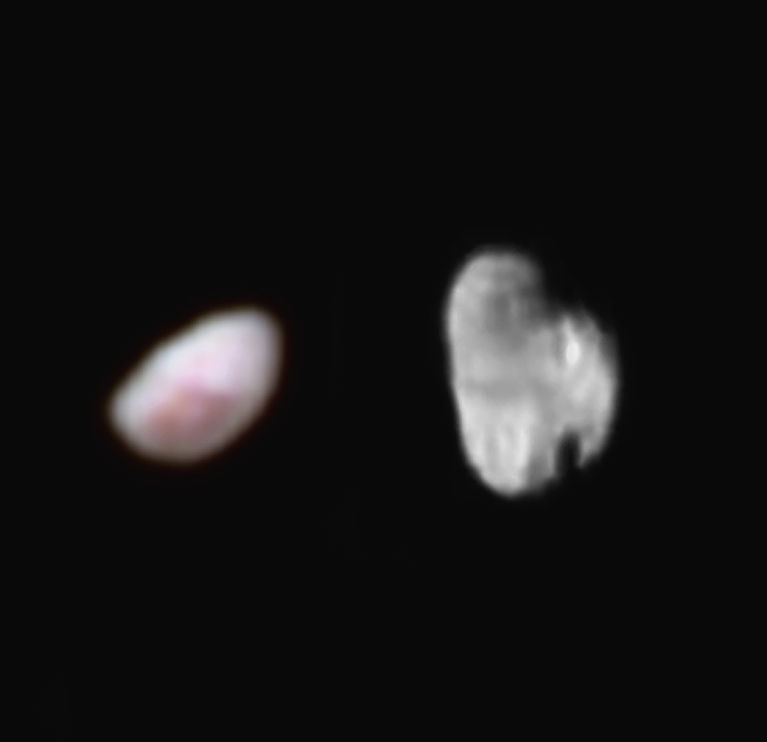
-
Source
-
Pluto’s moon Nix (left), shown here in enhanced color as imaged by the New Horizons Ralph instrument, has a reddish spot that has attracted the interest of mission scientists. The data were obtained on the morning of July 14, 2015, and received on the ground on July 18. At the time the observations were taken New Horizons was about 102,000 miles (165,000 km) from Nix. The image shows features as small as approximately 2 miles (3 kilometers) across on Nix, which is estimated to be 26 miles (42 kilometers) long and 22 miles (36 kilometers) wide.
Pluto’s small, irregularly shaped moon Hydra (right) is revealed in this black and white image taken from New Horizons’ LORRI instrument on July 14, 2015, from a distance of about 143,000 miles (231,000 kilometers). Features as small as 0.7 miles (1.2 kilometers) are visible on Hydra, which measures 34 miles (55 kilometers) in length.





















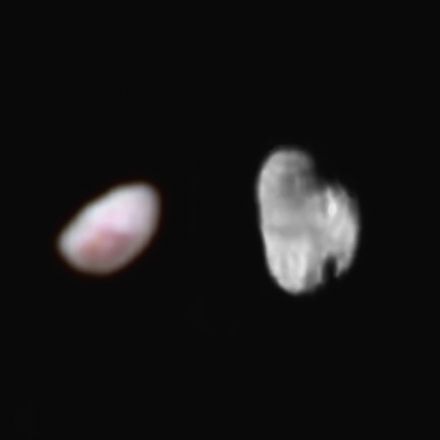
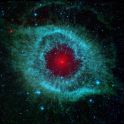

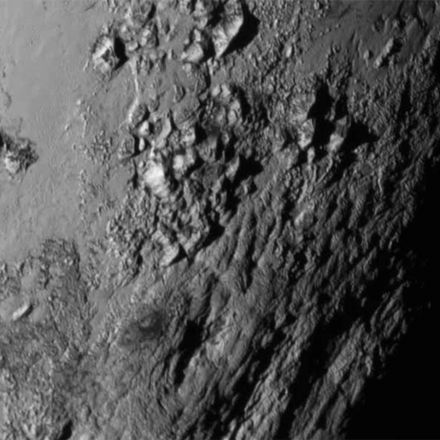
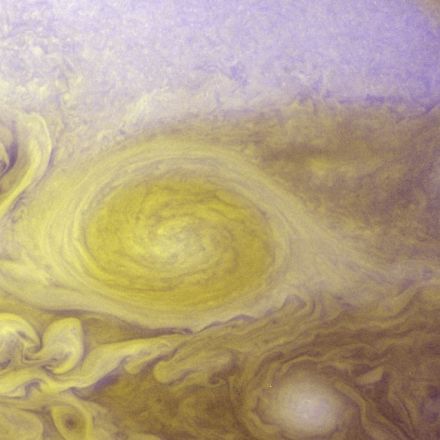
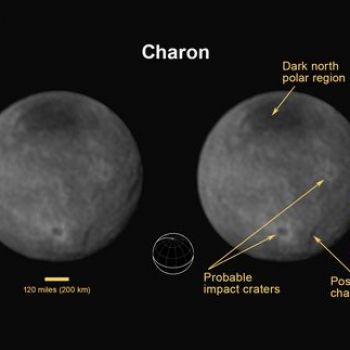
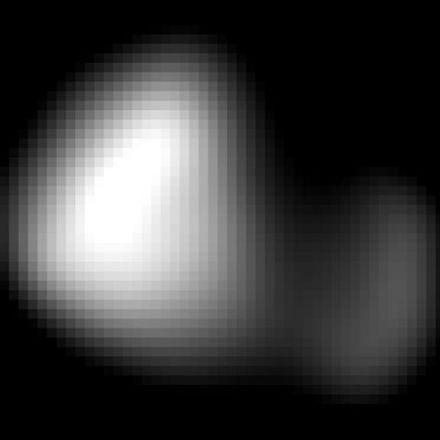
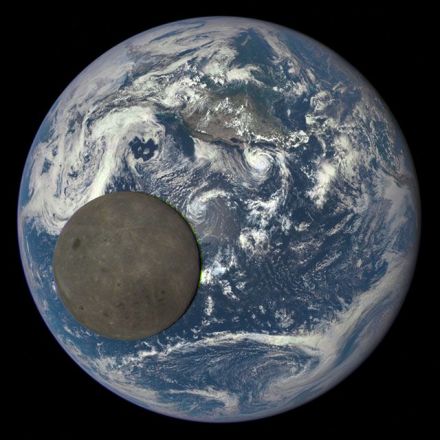
Join the Discussion
Nix and Hydra, now also known as Nugget and Llama.
At a glance on this snap picture I thought it was a couple of blurry hearing aids and I thought "nah, not interested"
I didn't know Pluto had other moons beyond Charon. You learn something new every day!
Thanks to the internet Hydra looks like a blurred Dickbutt
Do you think hydra actually has a notch in the bottom or is that just a shadow from something?
From my understanding, that's just the result of over processing the picture. It was probably a single pixel that was black, and when they "smoothed" out the picture, it probably made that shape. My guess would be that there isn't an actual notch there, but a darker region than what surrounds it. But we probably won't know for sure until we get a Pluto orbiter than can get close to these small satellites (so not for many hundreds of years).